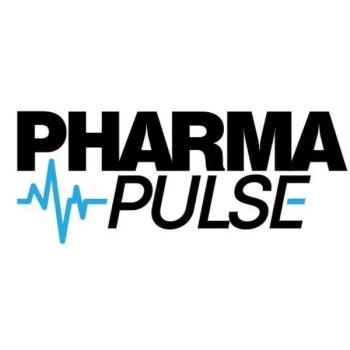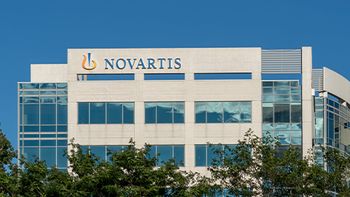
Does Biosimilar Competition Result in Lower Out-of-Pocket Costs for Patients?
Cohort study examines the potential for spending to significantly decrease for individuals who use these generic versions of biologics.
In 2021 alone, patients and payers in the United States spent a total of $500 billion on prescription drugs, more than any other nation.1 A major driver of these expenditures has been high-cost biologic drugs, many of which require intravenous administration by a physician.
Biosimilars—which are essentially biologically similar generic versions of biologics—are allowed to enter the market once the market-exclusivity protection on the original product expires. This helps further stimulate the economy by providing price competition that can potentially result in reduced spending.
A cohort study published in JAMA Health Forum1 sought to determine whether this was indeed the case; that is, whether the competition among biosimilars results in lower out-of-pocket (OOP) costs for commercially insured patients in the United States.
“Altogether, biosimilars have produced nearly $13 billion in savings since 2015 and are projected to save between $38 and $124 billion from 2021 to 2025,” the study authors wrote. “Although these system-wide savings lower the cost of health care for all consumers, it is less clear whether biosimilar competition lowers the costs borne individually by patients using biologics.”
Using data from Optum Clinformatics Data Mart, a large national administrative health claims database of commercially insured patients, the investigators focused their efforts on outpatient medical claims for biologics with biosimilar versions available in the United States before January 2021. Eligible drugs were then identified using the FDA’s Biosimilar Product Information list.
In order to do their due diligence, the authors examined claims from Jan. 1, 2009 (four years before the first biosimilar was even marketed), through March 31, 2022 (where the available data ends). Pertinent claims for each drug were identified using Healthcare Common Procedure Coding System codes for outpatient medical services, and only claims for adults younger than 65 years of age with commercial insurance plans were utilized, as Medicare Advantage has different cost-sharing requirement and reimbursement policies at play.
For greater specificity, investigators measured the age, sex, type of health plan, place of service, US Census region, and main diagnosis code that was related to the claim. Two types of statistical analyses that determined the association between biosimilar competition and OOP costs were then performed:
- Trend analysis of yearly OOP costs for biologics patients before and after biosimilar competition
- A comparison of patient OOP spending per claim between reference biologics and biosimilar versions that explored whether biosimilars were more affordable for patients to use.
In this study consisting of 190,364 outpatients with a total 1.7 million claims for seven biologics between 2009 and 2022, analyses indicated that yearly OOP spending did not decrease after the start of biosimilar competition. These OOP costs were also similar for biosimilars and their reference biologics.
The cohort study presented multiple limitations, including the fact that the investigators were lacking specific data concerning patients’ specific insurance benefit designs. In order to account for that, they combined copayments, coinsurance, and deductibles into one OOP costs variable. There also was not enough unit data that would have allowed for modifications in cost that are based on the amount of a drug, and the investigators’ valuation of OOP costs was solely based on insurance claims, therefore excluding patient assistance programs or manufacturer coupons that could counterbalance some expenses.
As a result, the authors determined that, “…Biosimilar competition thus far has not been associated with lower patient OOP costs. Policymakers should take additional steps to assure that biosimilar competition makes biologics and biosimilars affordable and accessible to the patients who need them.”
Reference
1. Feng K, Russo M, Maini L, Kesselheim AS, Rome BN. Patient Out-of-Pocket Costs for Biologic Drugs After Biosimilar Competition. JAMA Health Forum. 2024;5(3):e235429. doi:
Newsletter
Stay ahead in the life sciences industry with Pharmaceutical Commerce, the latest news, trends, and strategies in drug distribution, commercialization, and market access.





